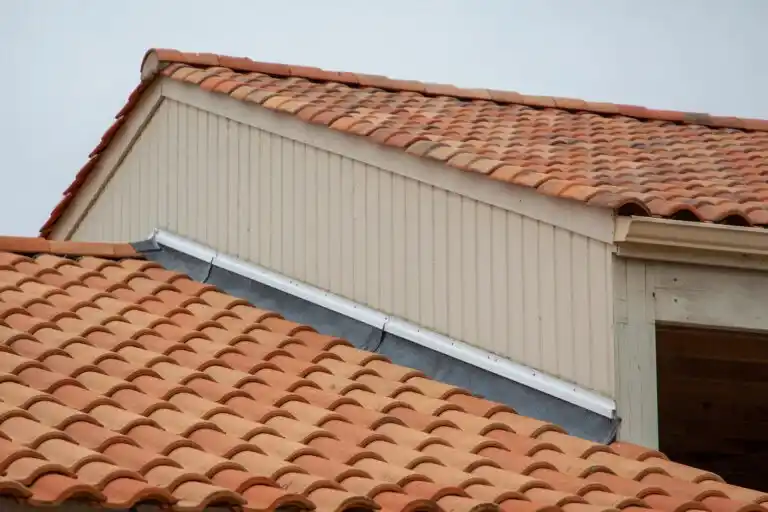When you’re in the market for a roof replacement or a fresh roof installation on a new construction build, you’ll probably start to hear a lot of terms you may be unfamiliar with. One of them is “flashing.”
No, there aren’t any flashing lights required in your roof replacement, but there is metal flashing! Roof flashing is actually an incredibly vital part of a protective roofing system. So, what is roof flashing exactly? And where does it need to get installed? Let’s take a closer look.
WHAT IS ROOF FLASHING?
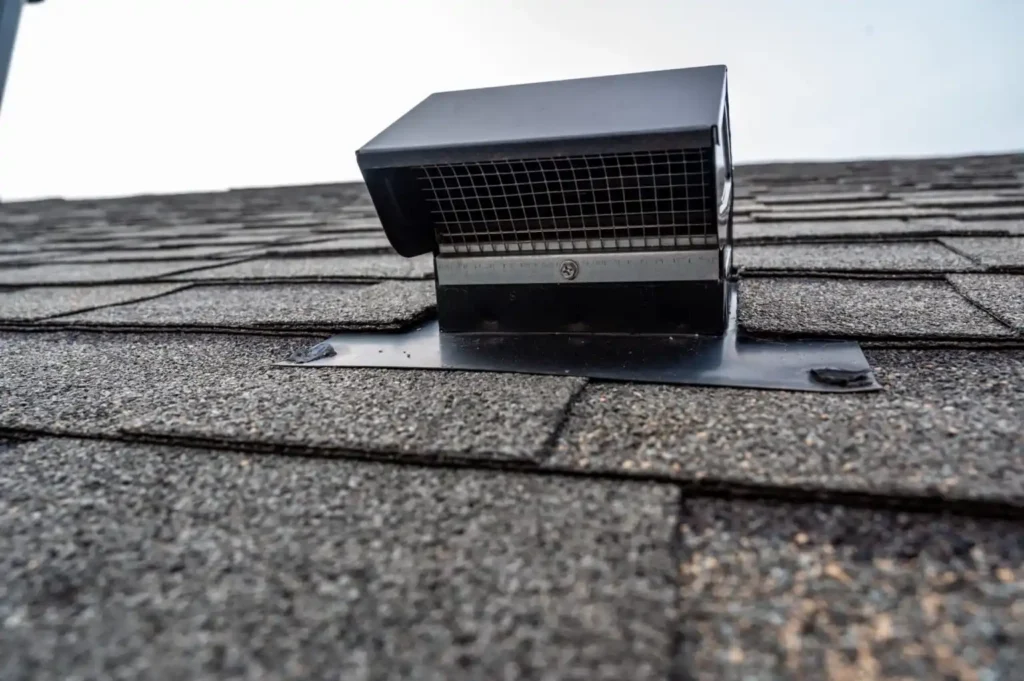
Roof flashing is a thin, flat piece of metal used to help waterproof certain areas on a roof. It is typically installed at the intersection of two roofing sections and around any roof protrusions to mitigate roof leaks. The installation placement is over the top of the underlayment (ice and water shield) but underneath the shingles. On metal roofs, flashing can be installed on top of the panels.
Flashing plays a vital role in protecting your home from water leaks. It works in tandem with the other aspects of a complete roofing system, such as:
- Decking
- Underlayment
- The outer layer of shingles
There are a few different types of metal that can be used for roof flashing.
- Steel: Steel, or galvanized steel, is commonly used for roof flashing. It typically has a zinc coating to protect against corrosion, which allows it to last even when exposed to moisture.
- Copper: If you want to make a statement with your roof, consider copper flashing. It’s the most durable and eye-catching (but also the most expensive) material. Keep in mind that it will form a green patina over time.
- Aluminum: Aluminum is an inexpensive flashing material that still has impressive durability. Since it’s malleable, it’s a good option for more complicated corners on your roof. It requires a protective coating to resist corrosion.
- Lead: As another incredibly durable metal, many homeowners prefer this option. Lead flashing can last for hundreds of years since it’s resistant to water damage!
5 TYPES OF ROOF FLASHING
When roof flashing gets installed by a professional roofing contractor, it should be installed in many different areas that are vulnerable to leaks. There are a few types of roof flashing based on where they get installed on your roof.
1) VALLEY FLASHING
Roof valleys are the areas where two roof decks slope towards each other and connect. This creates a low line that looks like a valley out in nature. Roof valleys are a popular place for water to hit and collect.
Metal valley flashing gets installed over the underlayment and under the edges of the shingles. In these valleys, the shingles don’t overlap but instead form a thin gap that exposes the flashing. This helps the water to run down to the gutters and away from your roof.
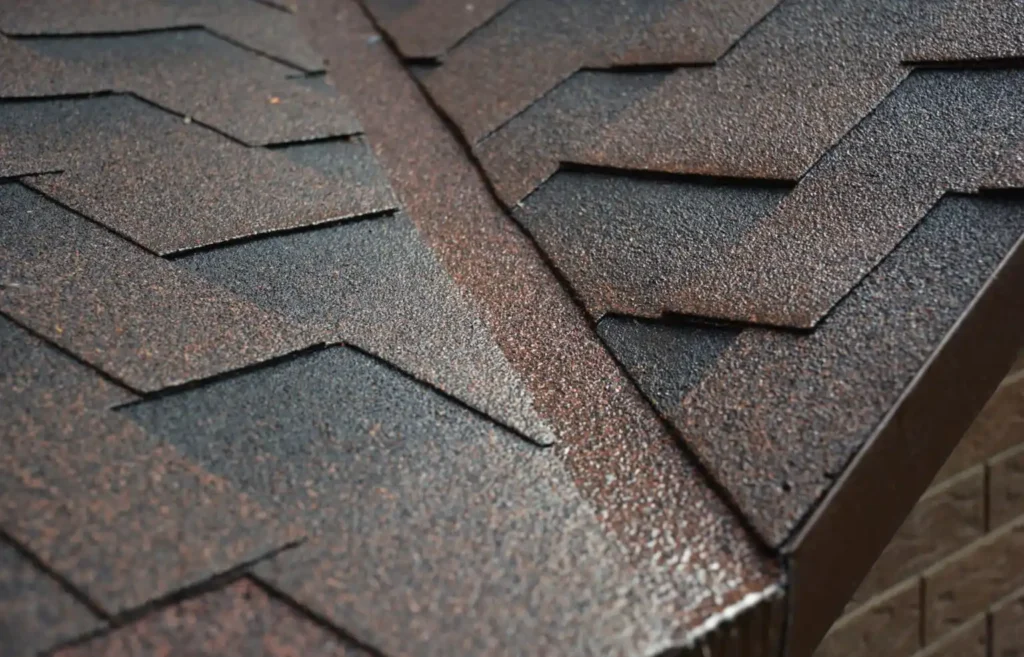
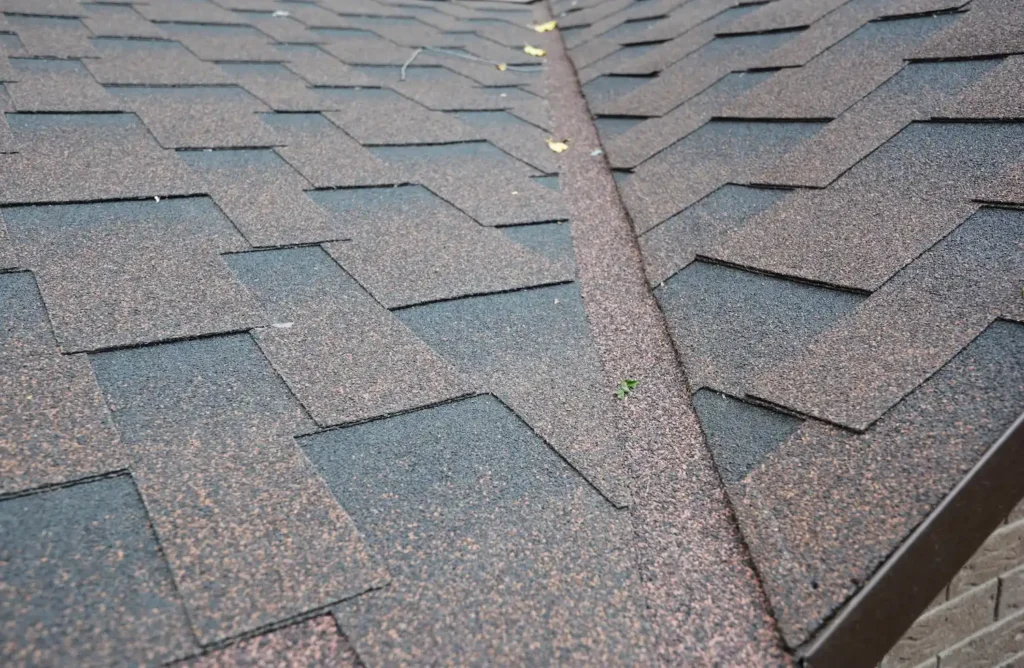
2) BASE AND STEP FLASHING
Flashing is needed where the vertical walls of the house intersect the surface of the roof deck. The solution here is base and step flashing.
- Base flashing gets installed along the front walls. It gets installed underneath the siding and shingles but over the underlayment.
- Step flashing is used where the roof meets a side wall. Pieces get bent at an angle to match the roof pitch, and it is installed along the full length of the side wall. Step flashing is visible, so you can opt for a particular color to match your roofing material.
3) CHIMNEY FLASHING
If you have a chimney, it’s, unfortunately, a hot spot for roof leaks. Chimney flashing is the best way to create a water-tight seal around the area. Other roof penetrations like vents and dormers will also need waterproof flashing.
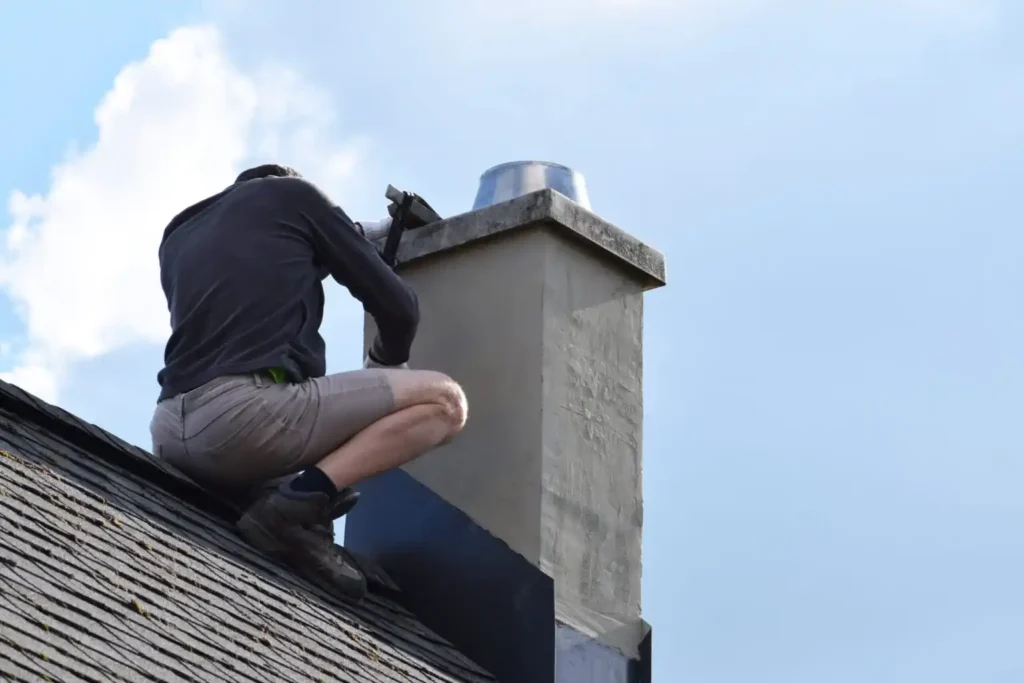
4) SKYLIGHT FLASHING
Skylights are a wonderful feature to have, but they’re also another spot that’s prone to water leaks without the proper installation protocols. Without skylight flashing, your skylight can quickly cause a myriad of issues, such as:
- Roof rot
- Mold
- Water seepage
- Structural damage
5) DRIP EDGE FLASHING
We can’t forget about drip edge flashing! The drip edge is vital at the edges of your roof in order to direct water into your gutters and away from your roofing materials. This also helps prevent ice dams in winter.
Intense wind can lift shingles at the edges of your roof, so drip edge flashing is the next line of defense when this occurs.
DAMAGED FLASHING OR TIME FOR A ROOF REPLACEMENT? CALL MARS!
If you’re due for a total roof replacement soon, or if you need a flashing repair, trust a local, professional roofing company like Mars Restoration. With our detailed inspections, we’ll be able to pinpoint any flashing damage and create a clear description of the recommended repairs.
Call Mars today to schedule a free roof inspection!



